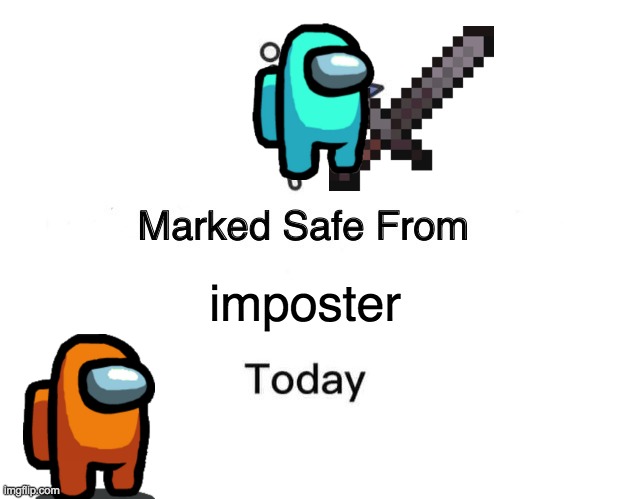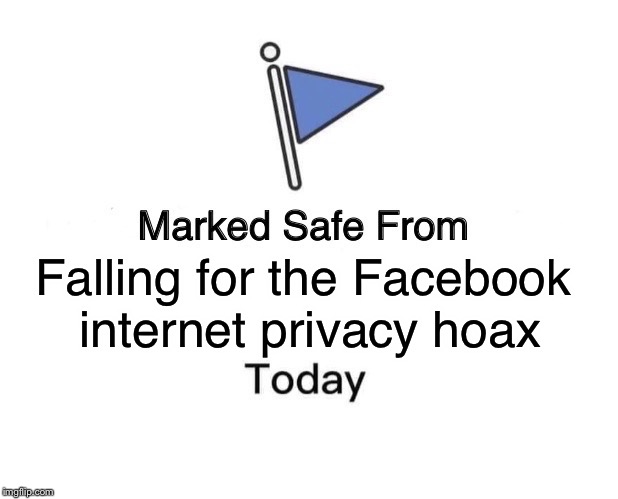
Pallets are treated to eliminate insects and parasites. But you may see some other national phytosanitary certificates on pallets originating from other countries. For pallets originating from Great Britain, the Forestry Commission logo may be present as the standard GB phytosanitary certificate, however these are no longer required and are often missed off if space is limited. Please refer to the 2 character letters below for each of the codes. There may be one, two or three depending on the treatments a particular pallet has received. This section is used to display the treatment stamps. The final section of the pallet’s stamp is a little more variable.
#Marked safe registration#
After these geo-specific codes the pallet will receive a unique registration number.
#Marked safe iso#
The first two letters will indicate which country the pallet is from ( as per ISO 3166), followed by a regional identifier. The second section that each of these IPPC stamps will include is a geo-specific identifier. So right away this tells you something about this pallet – the logo is present because this wooden pallet will be moving between countries and its purpose is to advise of the measures that have been taken (if any) to prevent pests from also moving between countries. The IPPC (International Plant Protection Convention) exists to prevent and control the spread or introduction of pests of plants/plant products around the world. We can break this stamp down into 3 sections to better understand what it’s telling us about this particular pallet. If a pallet is going to travel outside the UK it must bear an IPPC stamp showing a few key details: Some pallets will have stamps/etching/branding on them, others can be distinguished by size or colour. But as we know, pallets are used primarily to ship products, so a pallet that’s a few years old may have more stamps in it’s passport than you do. Some pallets are made for a specific purpose, or are cleared for use in a specific geographical area. So the variety available is technically limitless. There are around 100 standard sizes of pallets, but you’ll also find companies like Universal Pallets making custom-sized pallets. If you’re looking for information on CE marking in your country, contact the Enterprise Europe Network or check the list of contact points in the EEA.Have you ever noticed stamps on the side of your pallets and wondered what they mean? Or have you ever wondered if your pallets are safe to make furniture out of or safe to burn on a log fire? Well in this blog, we’ll reveal all. It also informs consumers about the rights and benefits that CE marking brings them.

This website provides information for manufacturers, importers and distributors on their responsibilities when placing a product on the EEA market. Comprehensive guidance on the implementation of EU product rules can be found in the so-called Blue Guide. The CE marking for Restriction of Hazardous Substances is managed by Directorate-General for Environment.

consumers enjoy the same level of health, safety, and environmental protection throughout the entire EEAĬE marking is a part of the EU’s harmonisation legislation, which is mainly managed by Directorate-General for Internal market, Industry, Entrepreneurship and SMEs.businesses know that products bearing the CE marking can be traded in the EEA without restrictions.There are two main benefits CE marking brings to businesses and consumers within the EEA This also applies to products made in other countries that are sold in the EEA. CE marking also supports fair competition by holding all companies accountable to the same rules.īy affixing the CE marking to a product, a manufacturer declares that the product meets all the legal requirements for CE marking and can be sold throughout the EEA.
#Marked safe tv#
When you buy a new phone, a teddy bear, or a TV within the EEA, you can find the CE mark on them.


 0 kommentar(er)
0 kommentar(er)
